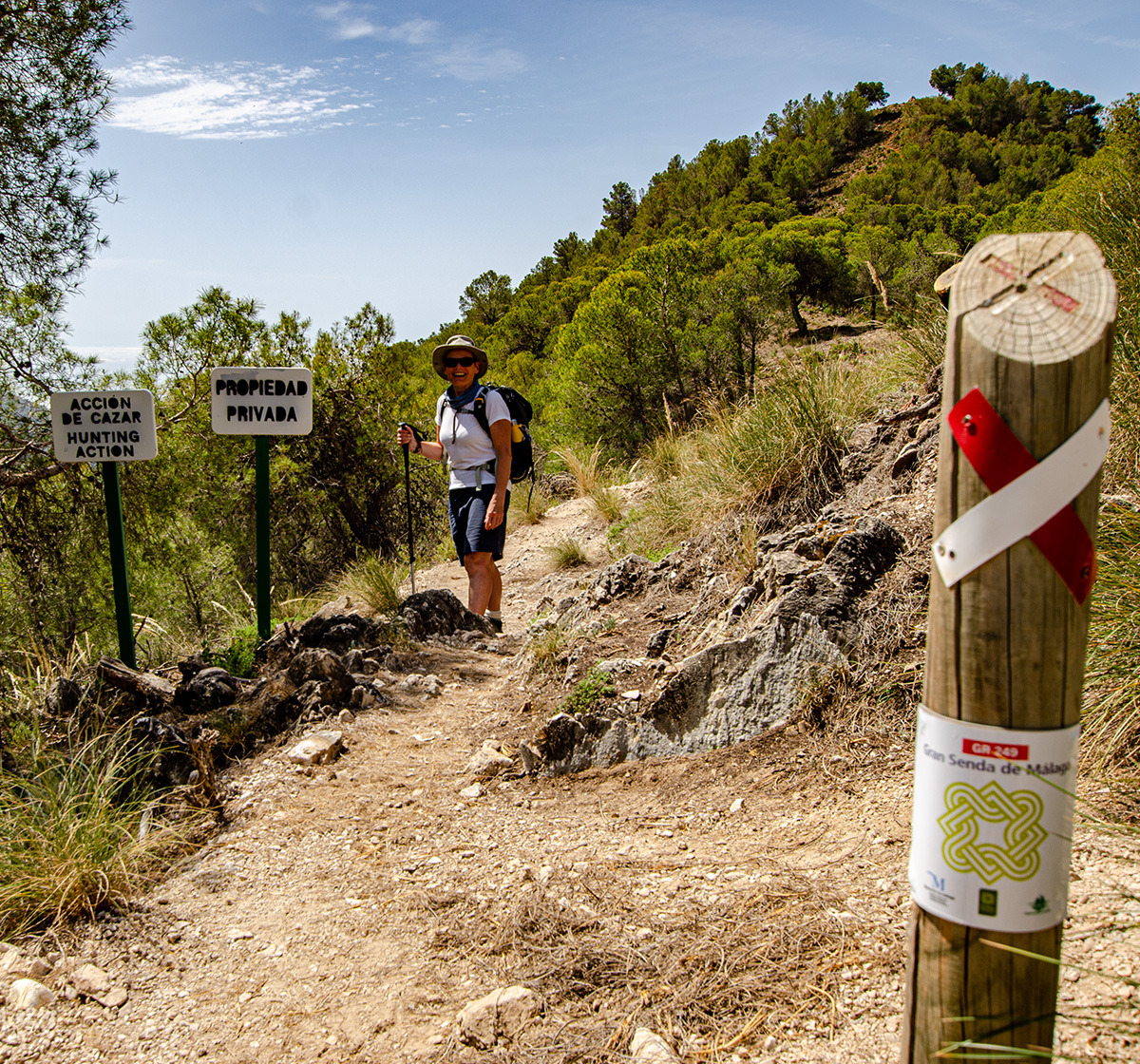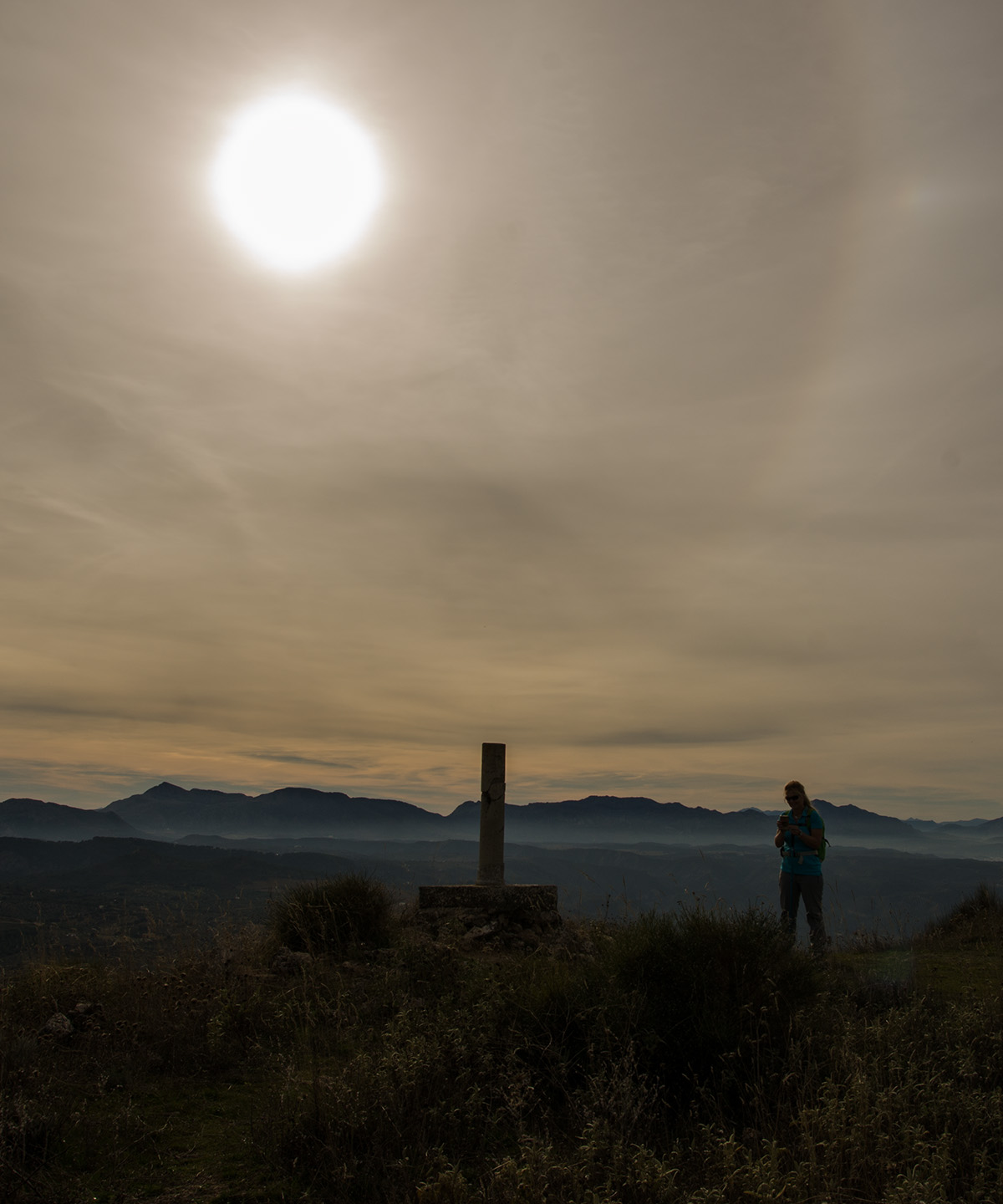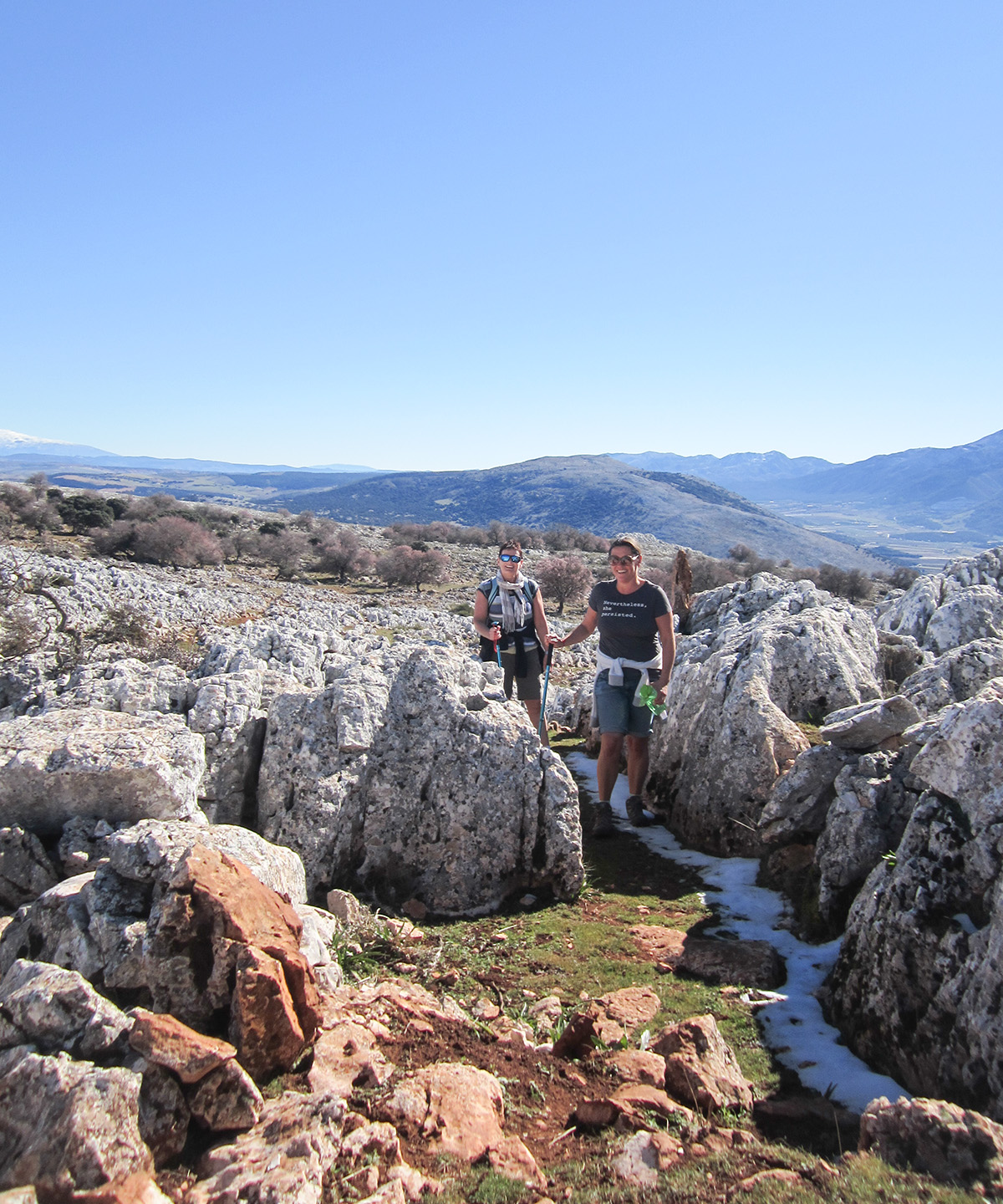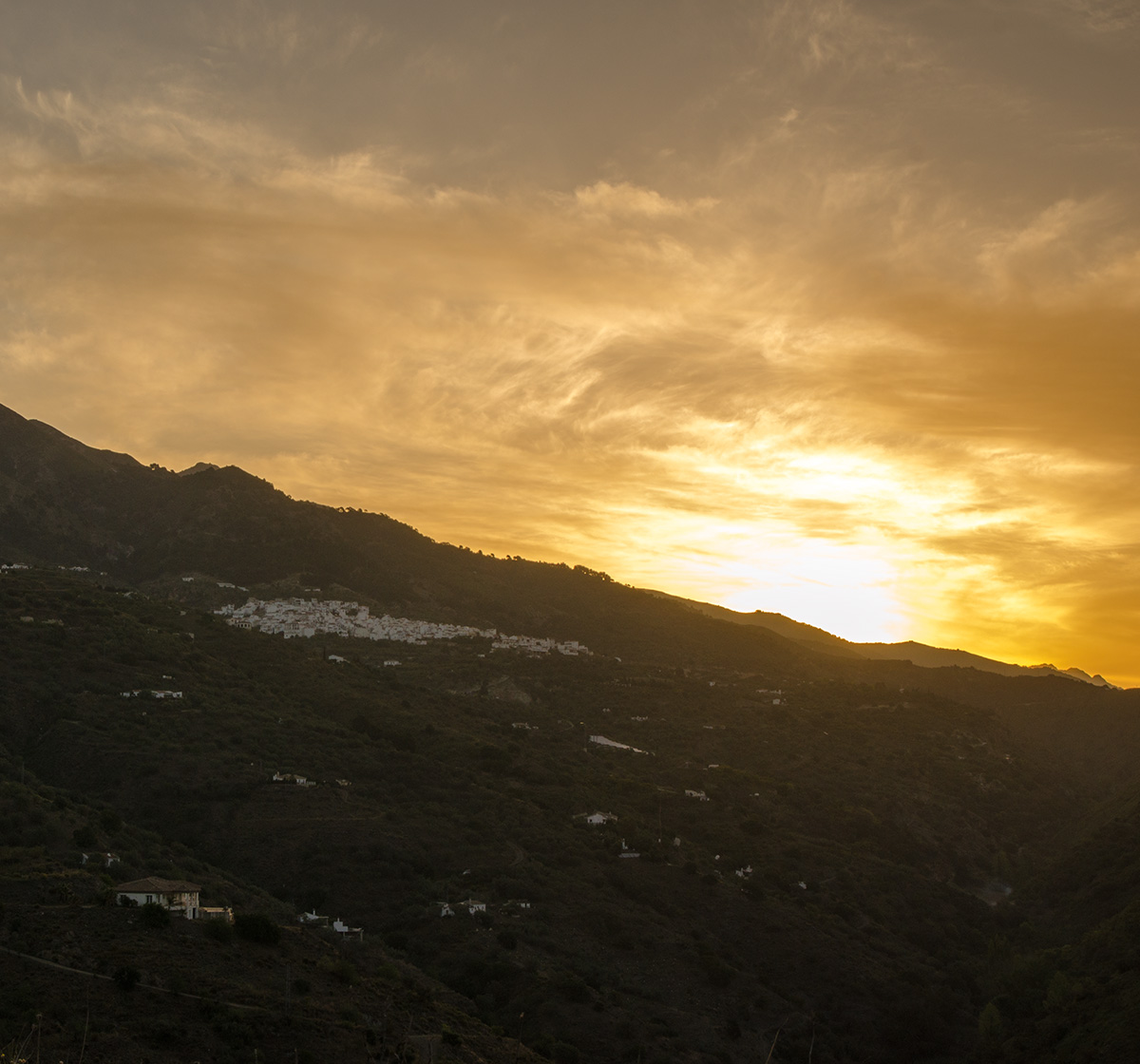Andalucia, the second largest (by area) and southernmost region in Spain, stretching from Huelva in the west to just south of Cartgena in the east and including Tarifa, the most southerly point in Europe, is a paradise for walking.
With nearly a fifth of the area of Andalucia protected (which includes National and Natural Parks, along with Natural Areas and Nature Reserves), this is the most significant proportion of any of the regions in Spain.
With such an expansive area, we can walk nearly all year round, except in the hot summer months.
The gentler climate on our coastal walks allows us to walk from September through to May. Indeed, the conditions can be delightful in January, February, and March.
Our inland walking holidays are subject to more variation in the weather, so we operate from mid-September to mid-January and then again from mid-March to mid-May, which, unfortunately, is such a short time for exploring these beautiful areas.
Although the weather patterns have changed in the last few years, bringing less rain and warmer weather earlier, one positive effect is that we can walk more throughout the year.
Autumn
After the usually hot and arid summer, September through December offers you some of the best conditions for walking. The early morning starts cooler, but with the gradual rise of the sun, the temperature becomes very pleasant, and a day of blue, clear skies awaits us. The lack of rain makes the paths and tracks very parched, and the dust lingers in the air, mixed with a warm aroma of olive, pine and rosemary.
Daytime temperatures range from 20 to 28 degrees, with the possibility that we may see a rain shower in October and November. As we approach the end of Autumn, daytime temperatures can drop below 20 degrees.
Winter
Usually, as we move from Autumn to Winter, the stable weather continues into January. The days may be cooler, and indeed, on any of the walks that take us higher into the mountains or farther inland, the temperatures can be in the low teens and feel colder with windchill, but we still have clear blue skies and warm sun.
To continue to enjoy our walking from late January through to mid-March, we concentrate our holidays on the coastal areas of Andalucia. With daytime temperatures hovering around 20 degrees and the shimmering Mediterranean Sea as a backdrop, the coastal paths, villages, and mountains that fall towards the sea make for great walking routes.




Spring
With the arrival of Spring, the paths, tracks, hills, and mountains take on a whole new appearance. Wildflowers, the scent of lemon and orange blossom, entire swathes of greenery, and mountain slopes immersed in wild poppies, our walks take us through a vibrant and fresh landscape.
There are occasional days of unsettled weather in late March and throughout April. One day, we can walk in glorious sunshine through an Aleppo pine forest, and the next, we can be chilled by a cold north wind high up on a limestone plateau. But indeed, the allure of the wildflowers and the fresh smell of dampened ground provide a balance to the changeable weather.
May brings the return of warmer temperatures, and as the month proceeds, the wildflowers and all of the green that once covered the mountainsides and fields slowly fade away. As we near the end of May, we can find the daytime temperature approaching and occasionally exceeding 30 degrees.
Is there any bad weather?
We rarely get conditions bad enough to stop us from walking, although they do happen. Instead, we may have rain showers or even a day of continuous rain, and in the winter months, a strong northerly wind can be pretty chilling.
Under these conditions, we may choose a different area to walk, as it is common for the coastal areas to be more settled. If we cannot avoid the weather, we will choose a walk that is on easier terrain and possible to do whatever the heavens may throw at us.








